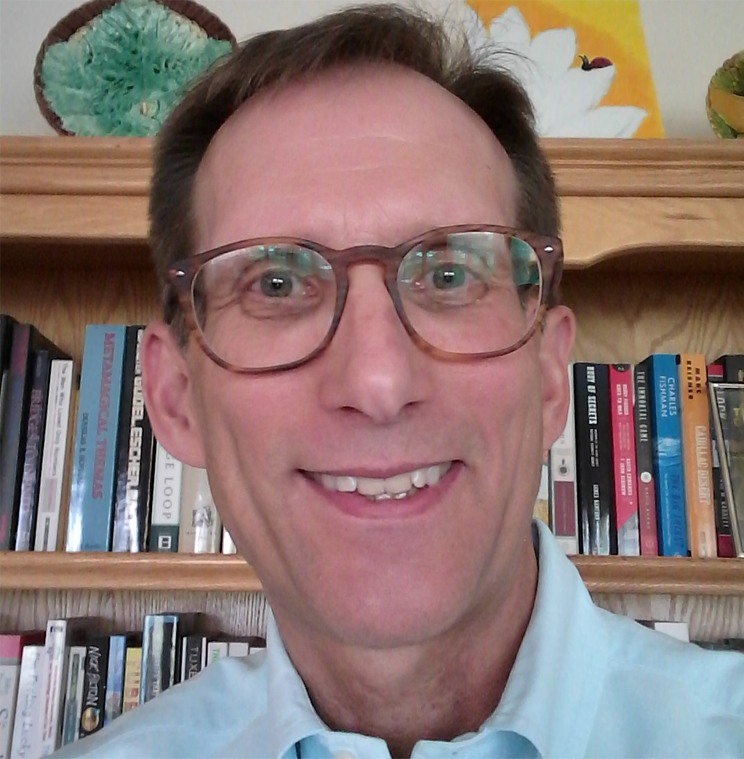
By KIM BELLARD
I’m paying close attention to strike by the Writers Guild Of America (WGA), which represents “Hollywood” writers. Oh, sure, I’m worried about the impact on my viewing habits, and I know the strike is really, as usual, about money, but what got my attention is that it’s the first strike I’m aware of where impact of AI on their jobs is one of the key issues.
It may or may not be the first time, but it’s certainly not going to be the last.
The WGA included this in their demands: “Regulate use of artificial intelligence on MBA-covered projects: AI can’t write or rewrite literary material; can’t be used as source material; and MBA-covered material can’t be used to train AI.” I.e., if something – a script, treatment, outline, or even story idea – warrants a writing credit, it must come from a writer. A human writer, that is.
John August, a screenwriter who is on the WGA negotiating committee, explained to The New York Times: “A terrible case of like, ‘Oh, I read through your scripts, I didn’t like the scene, so I had ChatGPT rewrite the scene’ — that’s the nightmare scenario,”
The studios, as represented by the Alliance of Motion Picture and Television Producers (AMPTP), agree there is an issue: “AI raises hard, important creative and legal questions for everyone.” It wants both sides to continue to study the issue, but noted that under current agreement only a human could be considered a writer.
Still, though, we’ve all seen examples of AI generating remarkably plausible content. “If you have a connection to the internet, you have consumed AI-generated content,” Jonathan Greenglass, a tech investor, told The Washington Post. “It’s already here.” It’s easy to imagine some producer feeding an AI a bunch of scripts from prior instalments to come up with the next Star Wars, Marvel universe, or Fast and Furious release. Would you really know the difference?
Sure, maybe AI won’t produce a Citizen Kane or The Godfather, but, as Alissa Wilkinson wrote in Vox: “But here is the thing: Cheap imitations of good things are what power the entertainment industry. Audiences have shown themselves more than happy to gobble up the same dreck over and over.”
Continue reading…












